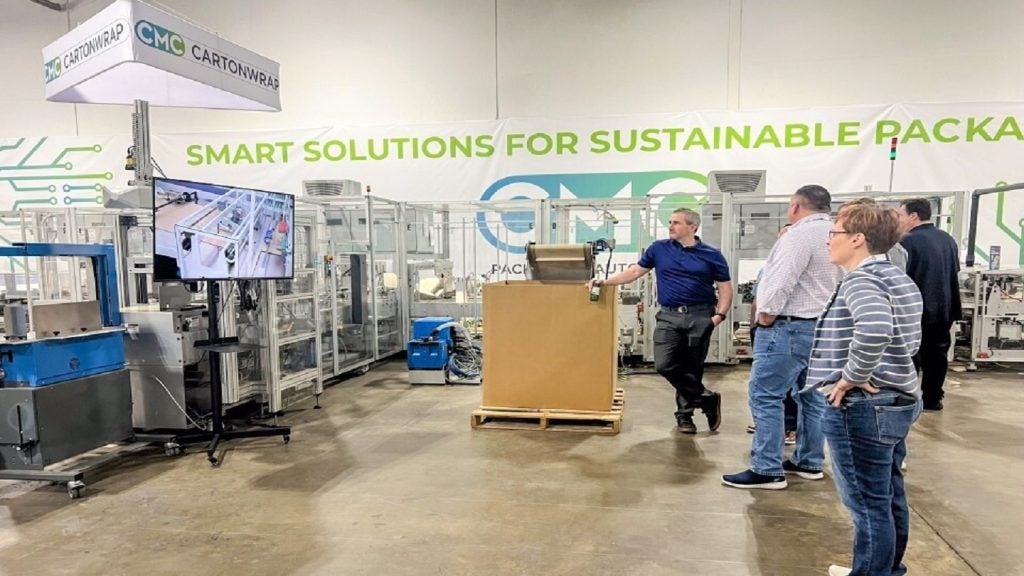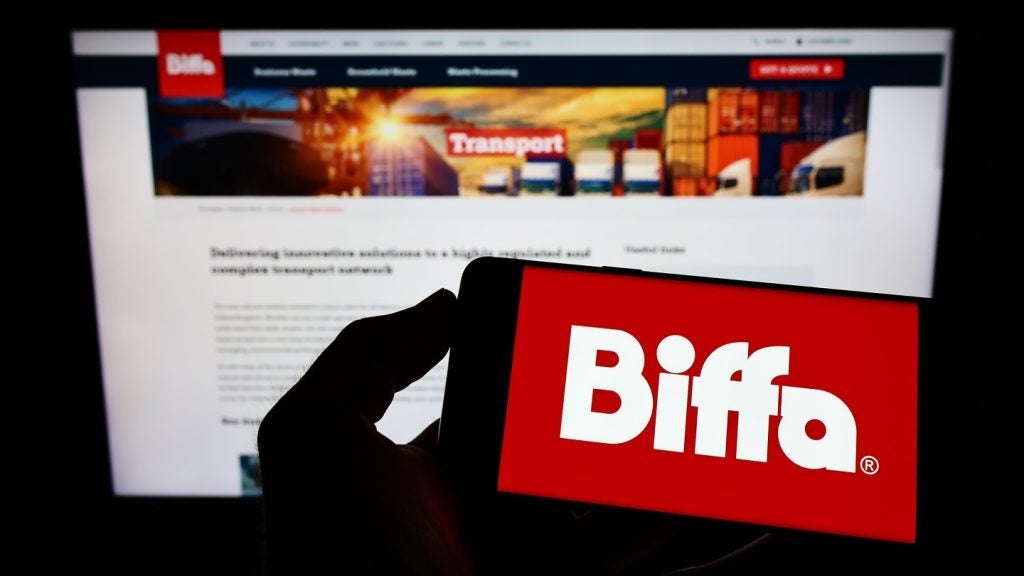
In coining the term ‘open innovation’ in 2003, Henry Chesbrough unleashed a wave of new thinking about product development. The idea was adopted across a range of industries and for pharmaceutical packaging designers facing mounting pressure on a number of fronts, it offers some attractive opportunities.
Chesbrough, a professor at Berkeley’s business school, argued that companies had succeeded in the 20th century by developing new ideas in-house, guarding them jealously and using patents to legally uphold their competitive edge. For the most successful companies, this fuelled a virtuous circle where sales of a new product generated revenue to pay for further research activities.
By the early 21st century, this model had started to break down as engineers departed their parent labs to start their own companies, enabled by funding from venture capitalists. Major corporations have not been sidelined but are increasingly finding that they have to tap these external sources of new ideas rather than trying to do everything within their own four walls.
The pharmaceutical packaging industry, however, faces particular challenges. Ever-tightening regulation and the long timeframes involved in bringing a product to market combine to create difficult circumstances. As a result, Keith Allen, technical manager of packaging technology for GlaxoSmithKline (GSK), has stepped cautiously towards open innovation rather than diving in head-first.
"Because we’ve worked with the same suppliers for a number of years, it has been a gradual transition to new ways of working," he says. "We can go to the suppliers and tell them we need a compliance pack and collaborate to develop it. It’s challenging but it hasn’t been a massive step change."
See Also:
The emphasis has been on enabling suppliers to contribute their ideas to the process, but it has also required a change in attitude on the part of GSK. Partnering with materials and technology providers means looking at the long term.
How well do you really know your competitors?
Access the most comprehensive Company Profiles on the market, powered by GlobalData. Save hours of research. Gain competitive edge.

Thank you!
Your download email will arrive shortly
Not ready to buy yet? Download a free sample
We are confident about the unique quality of our Company Profiles. However, we want you to make the most beneficial decision for your business, so we offer a free sample that you can download by submitting the below form
By GlobalData"Gone are the days of going to a carton maker down the road because they’re a bit cheaper and then switching back to our main supplier the next week," Allen explains. "We’ve seen the benefits of single sourcing and it’s what the majority of pharma companies are doing now."
A carton might contain sophisticated anti-counterfeiting measures such as RFID tags, as well as patient compliance mechanisms. In addition, packages are being developed with sustainability in mind, putting pressure to reduce the amount of material used and rationalising dimensions. At the same time, new guidelines on leaflet readability require new approaches to inserts.
No one company has the expertise with paper and electronics to meet all of these requirements independently and Allen argues that without collaboration many recent developments would have been impossible.
Branching out
While working with established suppliers has advantages in terms of their understanding of the industry, the danger is that new ideas from further afield are overlooked. For more specialised components such as electronic compliance systems, packaging manufacturers have had to work with companies who have not been involved in the pharmaceutical sector in the past.
There are a number of routes to finding suitable partners. Dedicated open innovation intermediaries build networks of specialist engineering and technology companies and pitch their ideas to large corporations. More recently, a number of major brand owners have set up online portals to play a similar role. GSK takes a more direct approach and its technical packaging centre of excellence has a team tasked with seeking out new opportunities.
"We attend various exhibitions and other conferences because we want to see who’s out there," says Allen. "The best products coming through might not be from established suppliers. We don’t want to miss the opportunity if there’s something that meets our needs."
Finding the companies is only half the battle. Allen recognises that the sector is ‘slow moving’ and while his long experience has taught him patience, newer suppliers are not always so understanding.
"At times what we have to do is educate them," he acknowledges. "If companies want to supply the pharma industry they will need to review their manufacturing and operational processes to ensure compliance with the pharmaceutical sector. We can help with that. We fully audit them and work with them to enhance both our own operations and theirs to produce high-quality products that meet the needs of the patient. As a result it takes a little bit longer to bring new partners on stream."
Department communication
While the centre of excellence acts as a hub at the centre of the web, communication between different departments in GSK is also important. For example, new pharmaceuticals often have greater sensitivity to water, oxygen or light and maintaining the shelf-life of these products is a core function of their packaging.
Understanding these needs requires close co-operation between R&D and Allen’s global manufacturing and design division. In the past, Allen admits that there were some barriers to effective communication between the two departments but thinks recent reorganisations have broken these down.
Fancy designs
For over-the-counter drugs, marketing is also an important consideration to be factored in. "They want fancy designs and something to stand out on the pharmacy shelf," says Allen. "Then at the other end you’ve got packaging technologists saying that’s going to cost a lot or it’s not going to fit in our first intent pack. It is quite difficult to find a happy medium."
Perhaps the greatest challenge for pharmaceutical packaging is keeping pace with changing regulations and developing packs that can be deployed across different regions. While there are commercial factors driving innovation in areas such as compliance and anti-counterfeiting, regulation plays a major role and sets timeframes for projects.
Allen expects the demands to increase in the future. "Without a doubt, there will be a shift in the regulations," he says. "The compliance requirements will come into force and I expect they will be more stringent." The real difficulty comes when the objectives of regulators and manufacturers do not meet in the middle. In Europe for example, local differences persist despite the existence of an overarching framework and this increases the burden on designers, holding back innovation.
"We would like one system for all markets," says Allen. "There needs to be a combined industry push to get all the states in the EU aligned. I can understand that Japan likes blisters whereas the US prefers bottles, but when one country wants an all-singing all-dancing package and another just down the road requires something totally different, it makes our process too complex."
This might just sound like the complaints of a heavily regulated industry, but Allen argues that a degree of streamlining would bring real benefits to patients. The reason, he says, is that more money could be invested in improving the high-end features of packs rather than customising them to meet the quirks of relatively small markets.
A particularly good example of this is the implementation of near-field communication (NFC) technology to improve compliance. Similar to Bluetooth, NFC-enabled packs can send data about when a tablet has been dispensed via the patient’s mobile phone to a central monitoring system.
Collecting this information as part of a clinical trial could give clinicians greater insight into whether adverse results are due to the failure of the product itself or if poor compliance is to blame. Ultimately this could reduce the length of trials and help drugs reach the market more quickly. "The pack would be a little bit more expensive but it would reduce hospital costs and the number of clinical trials carried out," says Allen. "It’s one thing we’ve been looking at for a while and they’re slowly being introduced."
RFID tags combat counterfeiting in a similar way by transmitting information about where a pack was filled and what its contents are to scanners at key points in the distribution chain. Although they too carry a cost, the tags can protect brands and prevent potentially dangerous fakes entering the supply chain.
These kinds of technologies present interesting opportunities but require considerable expertise to implement. For that reason, pursuing a carefully managed strategy of networked innovation is a means of improving packaging without pharmaceutical manufacturers taking the entire burden of development upon themselves. As regulations tighten and technology becomes even more specialised, working in this way provides businesses in the sector with a sustainable route forward.







